Why we ran it: To see whether Peugeot’s successful formula translates to a small SUV, in petrol then electric forms
Month 5 - Month 4 - Month 3 - Month 2 - Month 1 - Prices and specs
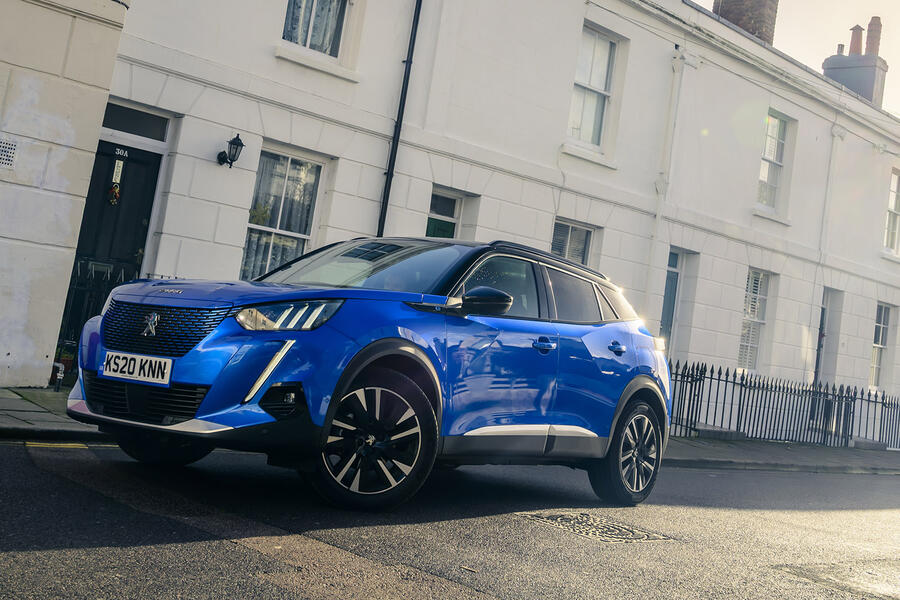
Life with a Peugeot e-2008: Month 5
Handsome crossover had started to convince us in three-pot petrol form. Did the pricier electric version seal the deal? - 17 March 2021
What could – or, more pertinently, would – you buy with £6550? In a quick search of the online classifieds for that exact sum, I found a 1989 BMW 520i, a 2017 Seat Ibiza and a 2011 Nissan Leaf.
Those latter two are particularly relevant to my point, because £6550 is the difference between the 1.2-litre turbo petrol Peugeot 2008 that I ran last year and the electric Peugeot e-2008 that replaced it. I’d choose the Ibiza over the Leaf without a second’s hesitation, but which version of Peugeot ’s new mid-sized SUV to take is a harder decision to make.
Before I dive in, though, I must point out some things. First, like many thousands of others whom the government and car makers would like to convert to emissions-free motoring, I’m far from the ideal EV owner. I can’t have a wallbox fitted at home, the nearest rapid charger is 18 miles away and the charger within walking distance of my flat is neither quick nor user-friendly. Thus I never got more than a 50% charge, so my real range figures are educated estimates. Second, I had the e-2008 during the winter freeze, affecting its battery. You can see those as issues of infrastructure and of EV themselves, but with EVs more than with any other type of car, personal circumstances are critical.
I am unashamed to admit that I’ve always in principle been a fan of EVs, thanks to their eco credentials, their strong and smooth acceleration and their unrivalled quietness. That feeling was strengthened by drives in the fantastic Hyundai Kona Electric and Kia e-Niro siblings when they came out in 2018, but the long-term realities highlighted by the e-2008 represented splashes of cold water.
Even so, I vastly preferred driving the e-2008 to the petrol 2008. Unlike its Korean rivals, the Peugeot EV isn’t hilariously eager; it has a sensible 134bhp. Yet torque is strong and, as from any electric motor, instantly available, meaning you really can pin yourself back if you floor it from rest; just not so much when you’re doing 50mph and fancy a snappy overtake.

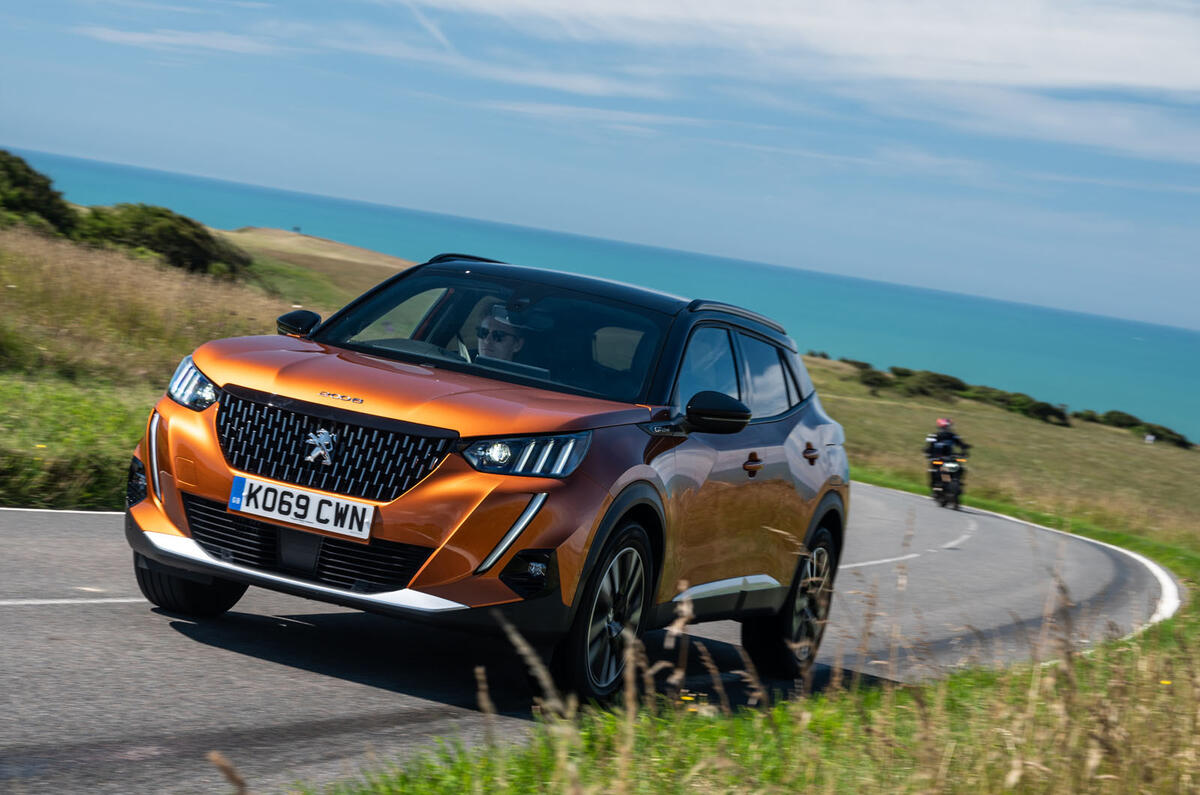
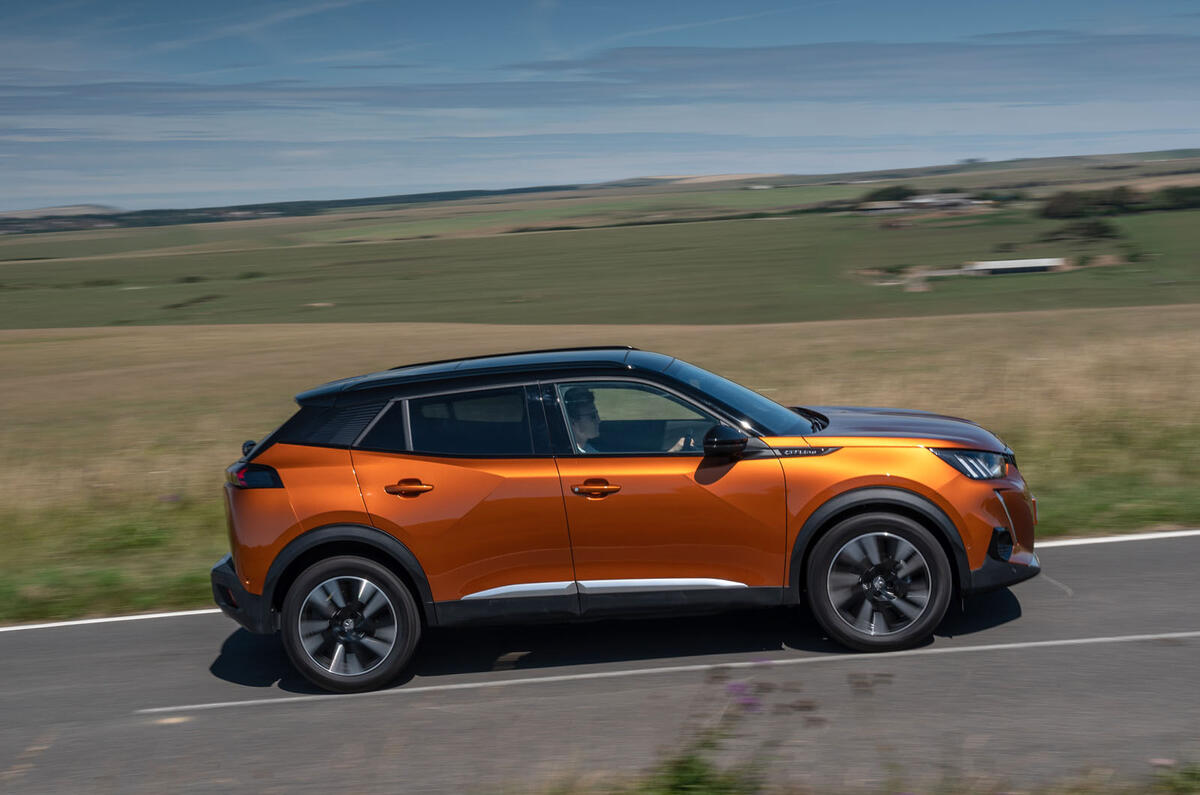
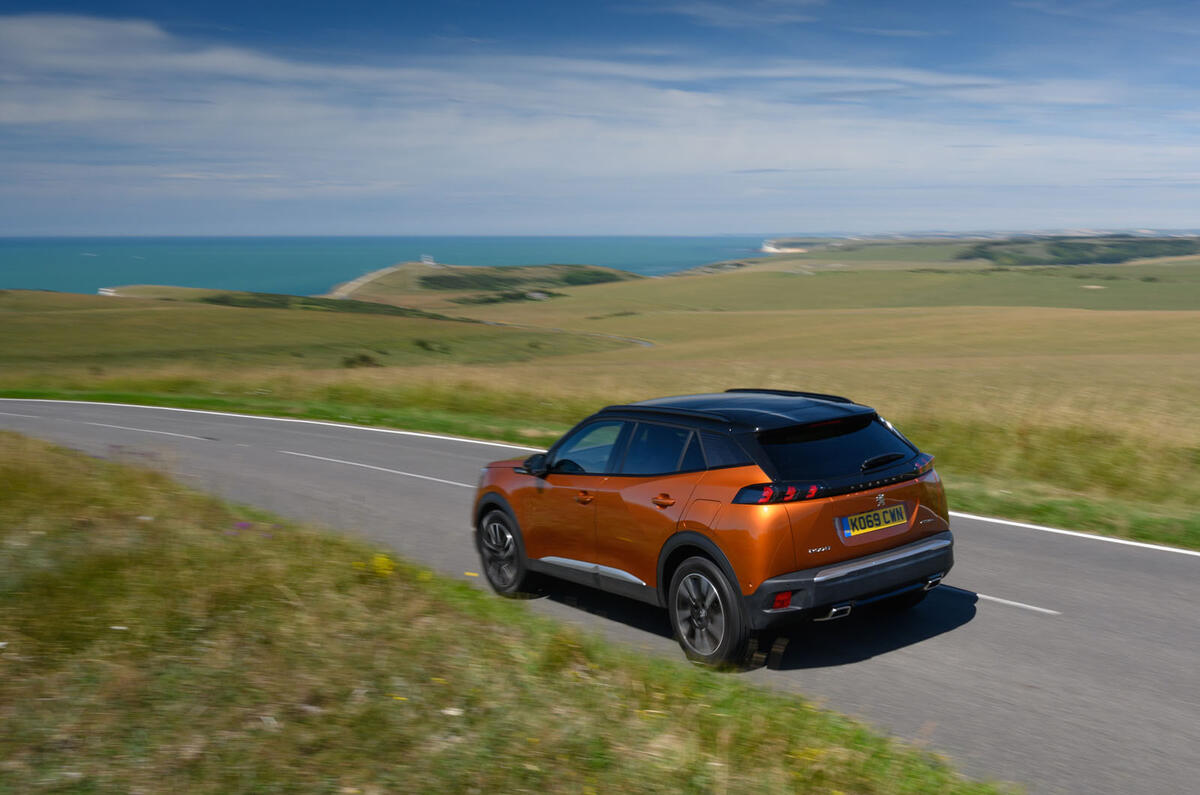
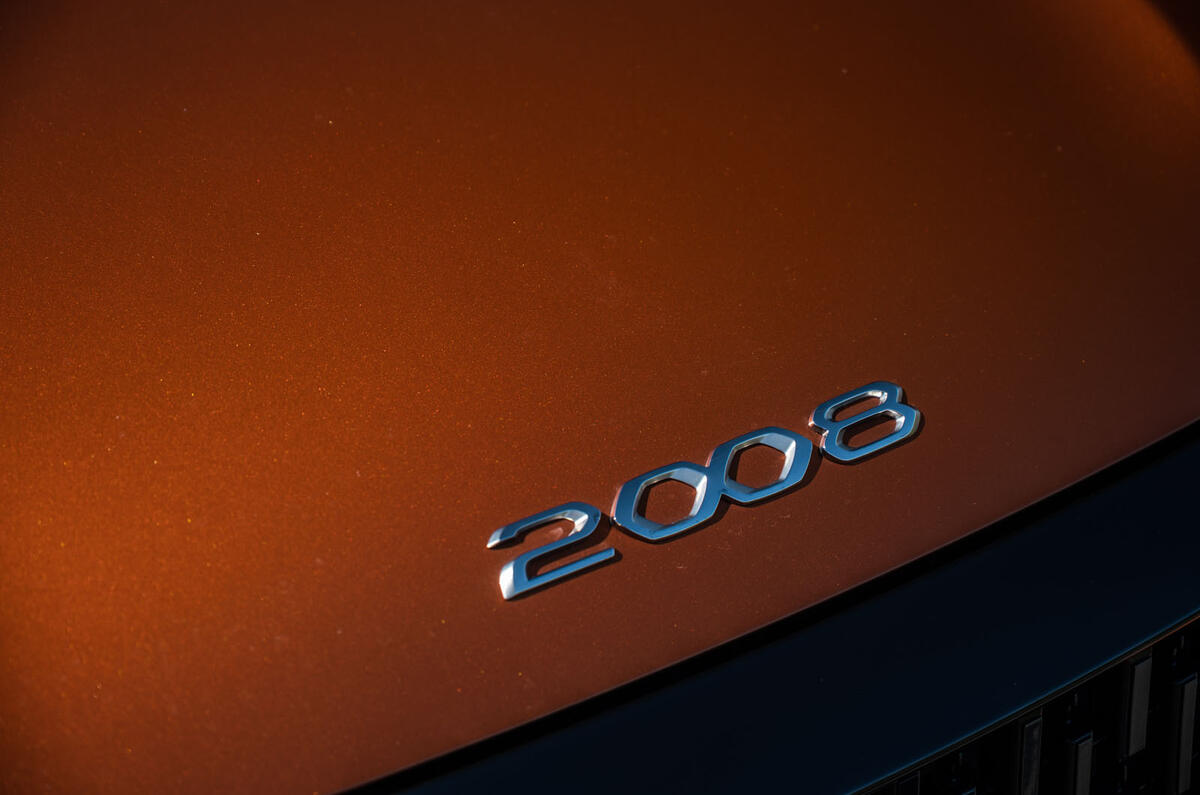
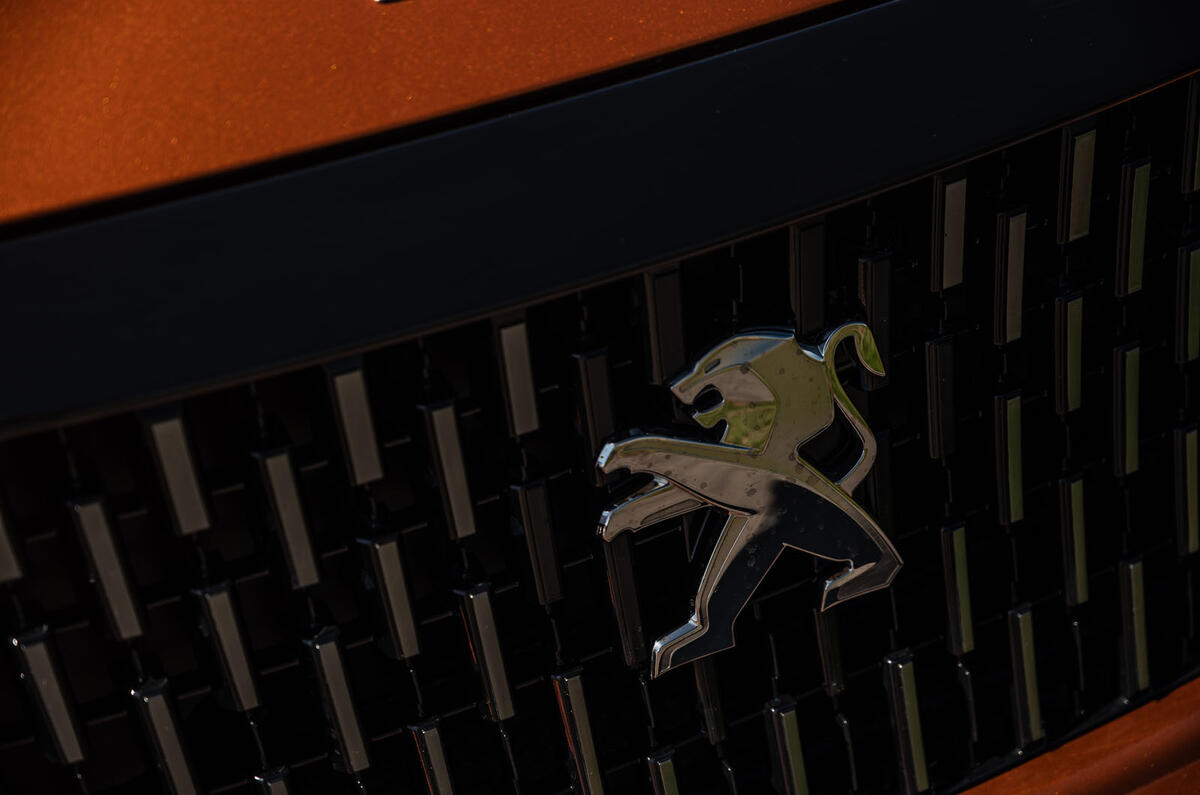
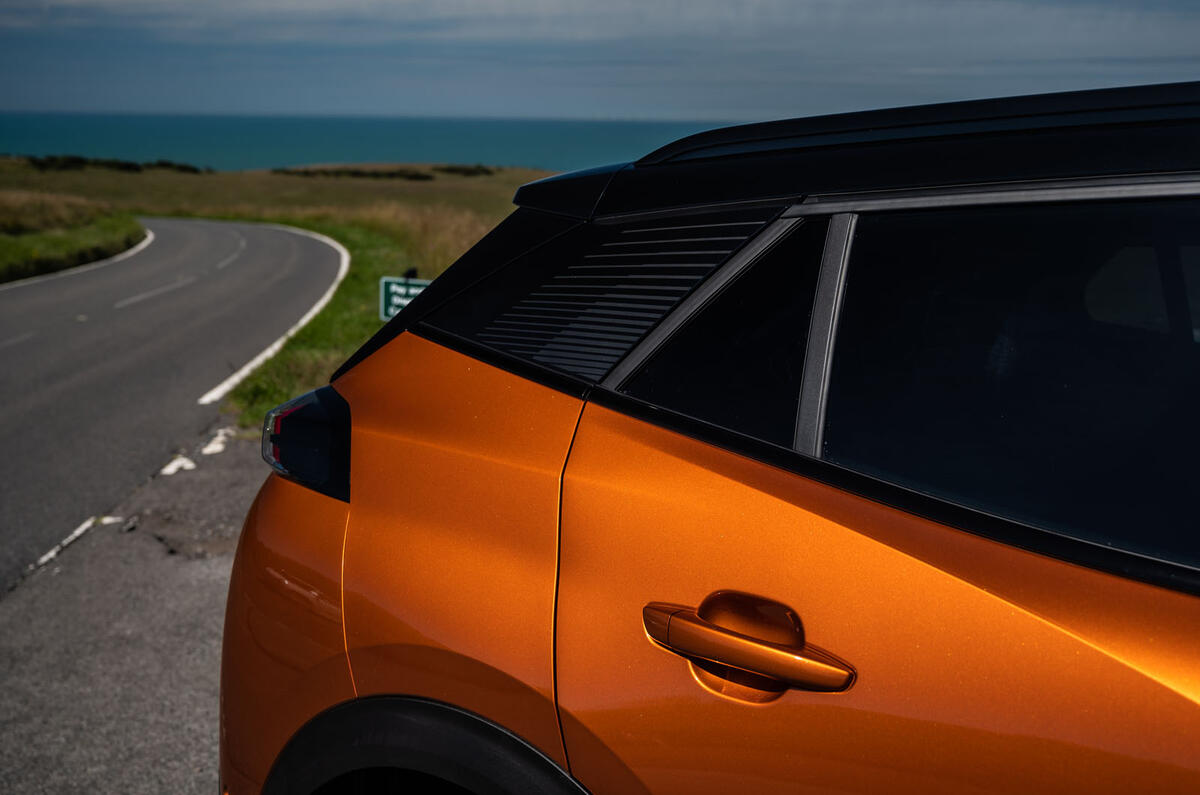

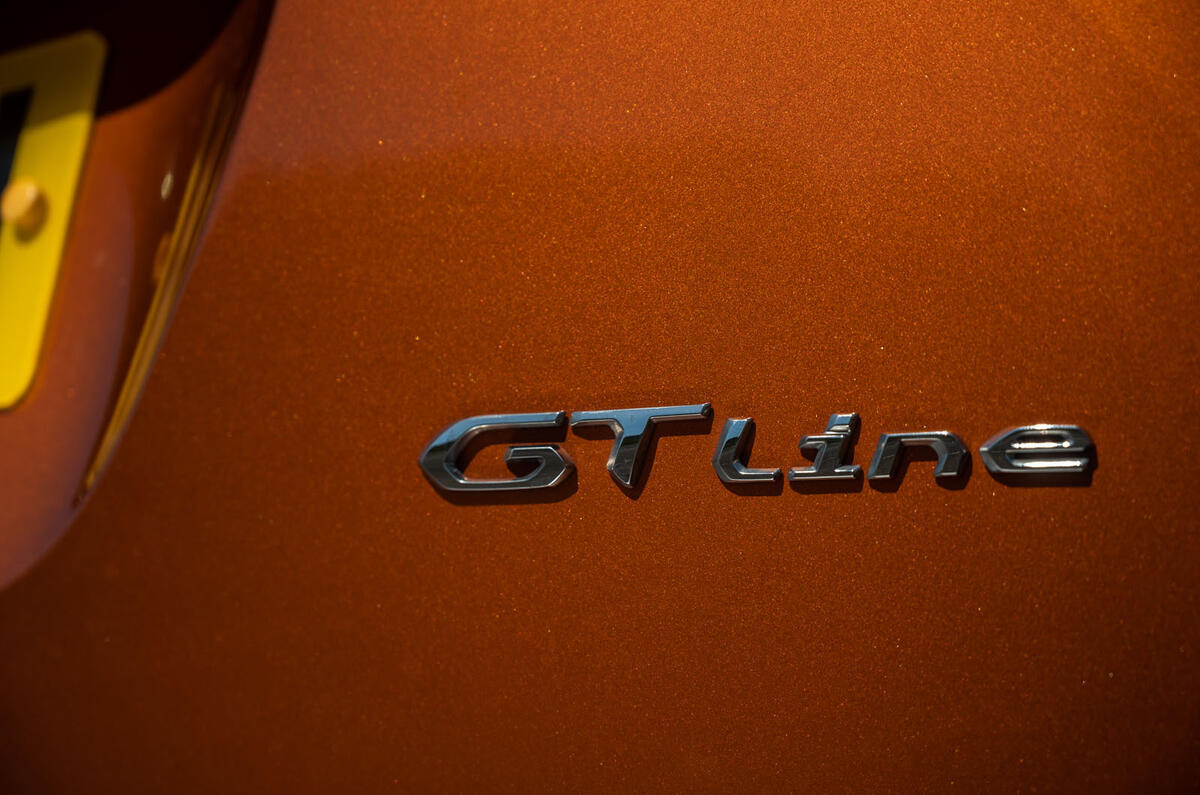
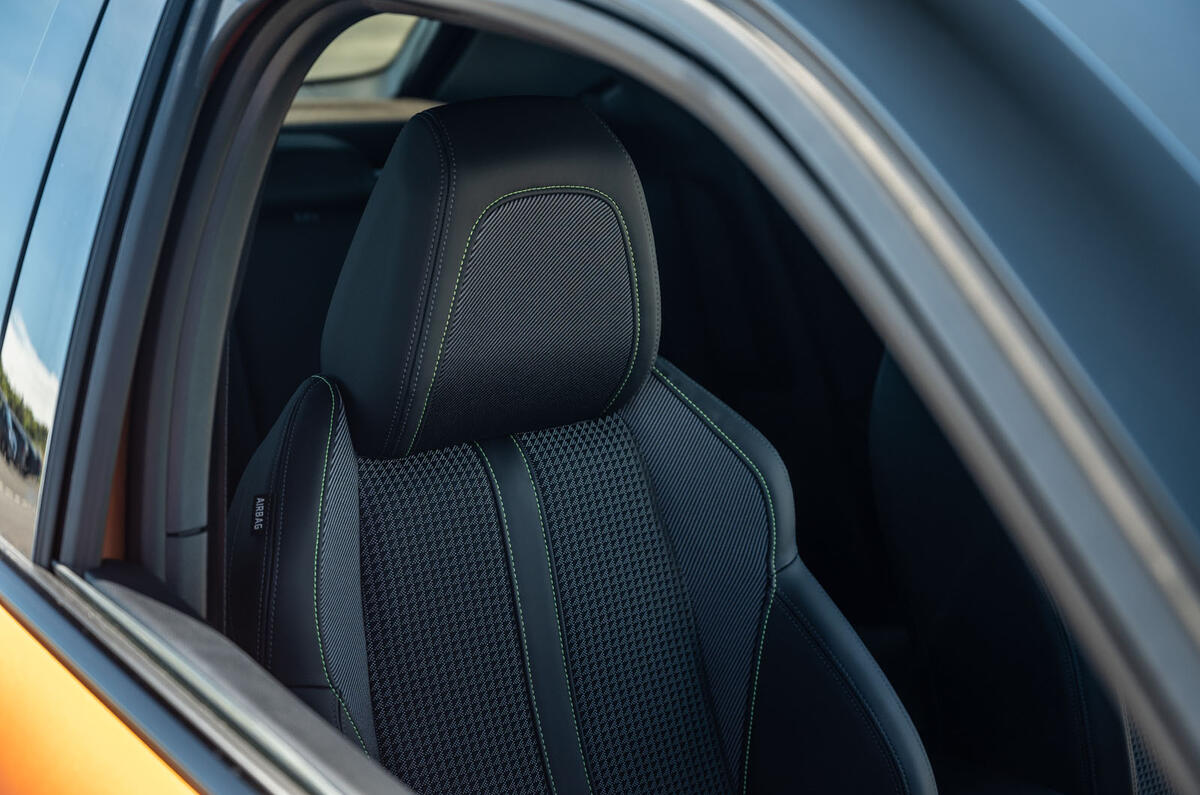
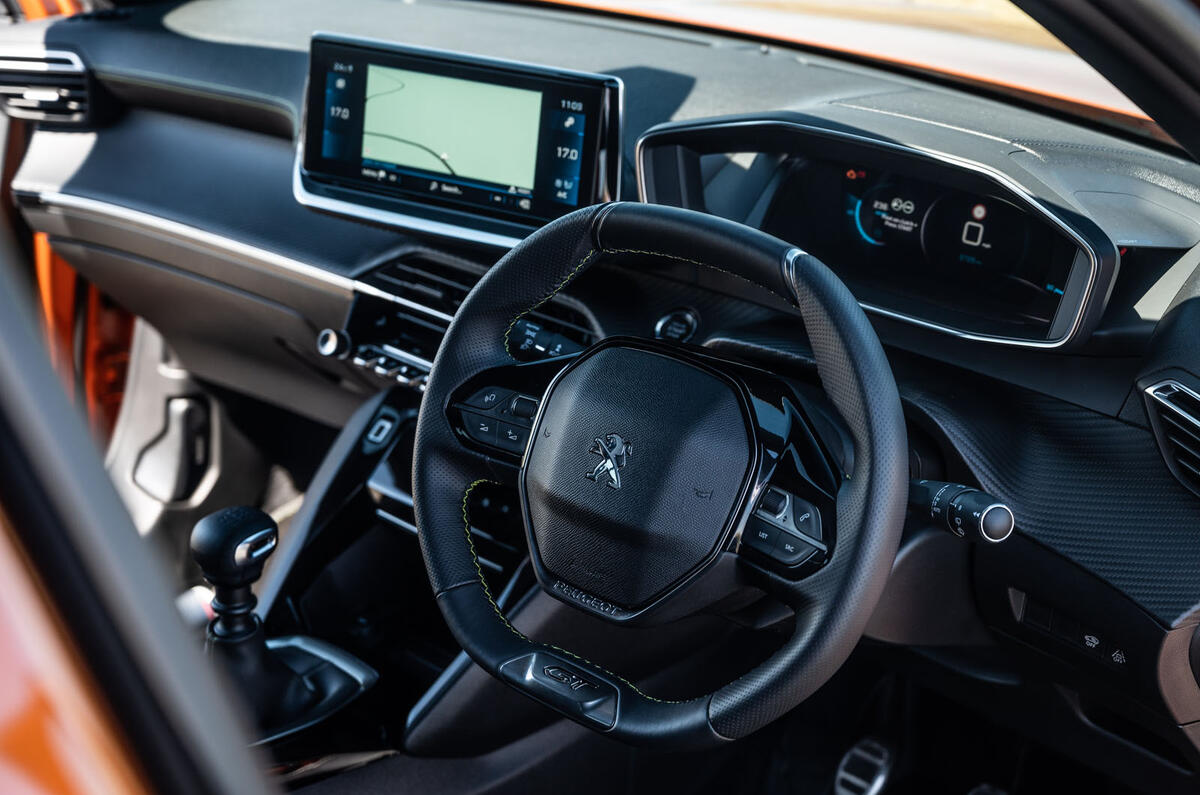

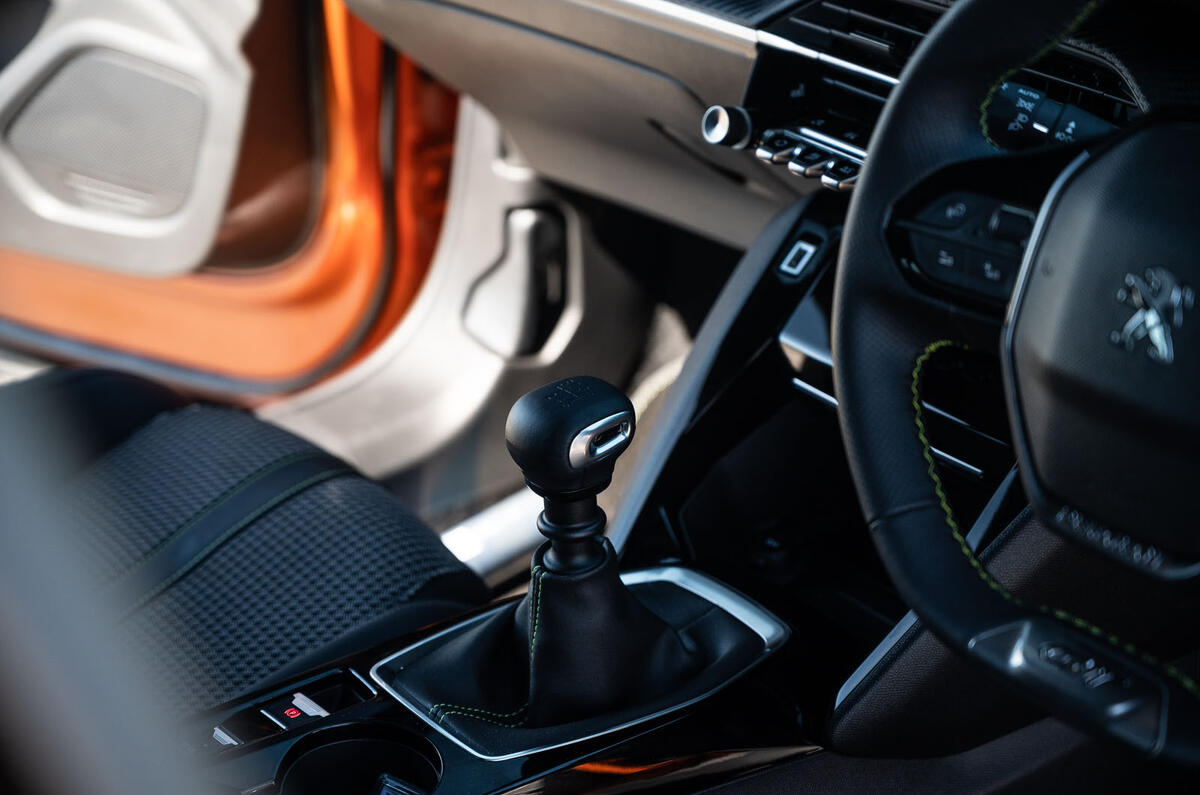
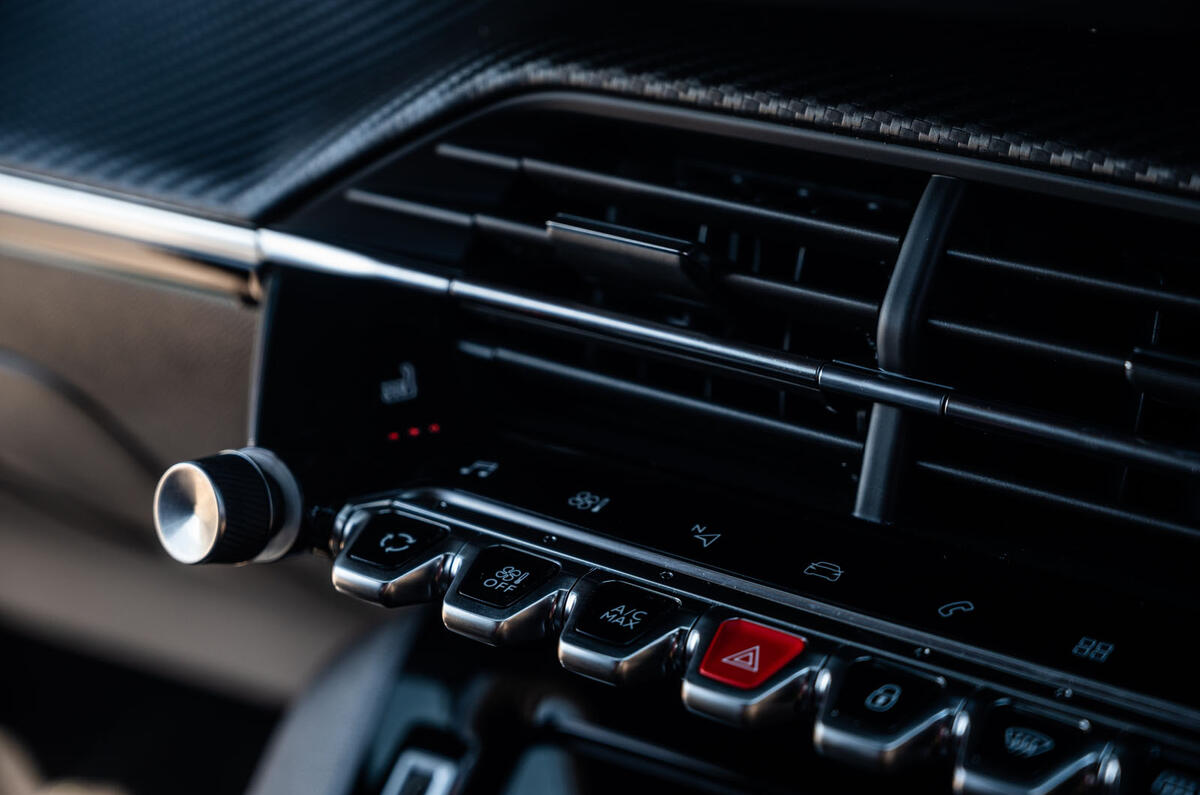
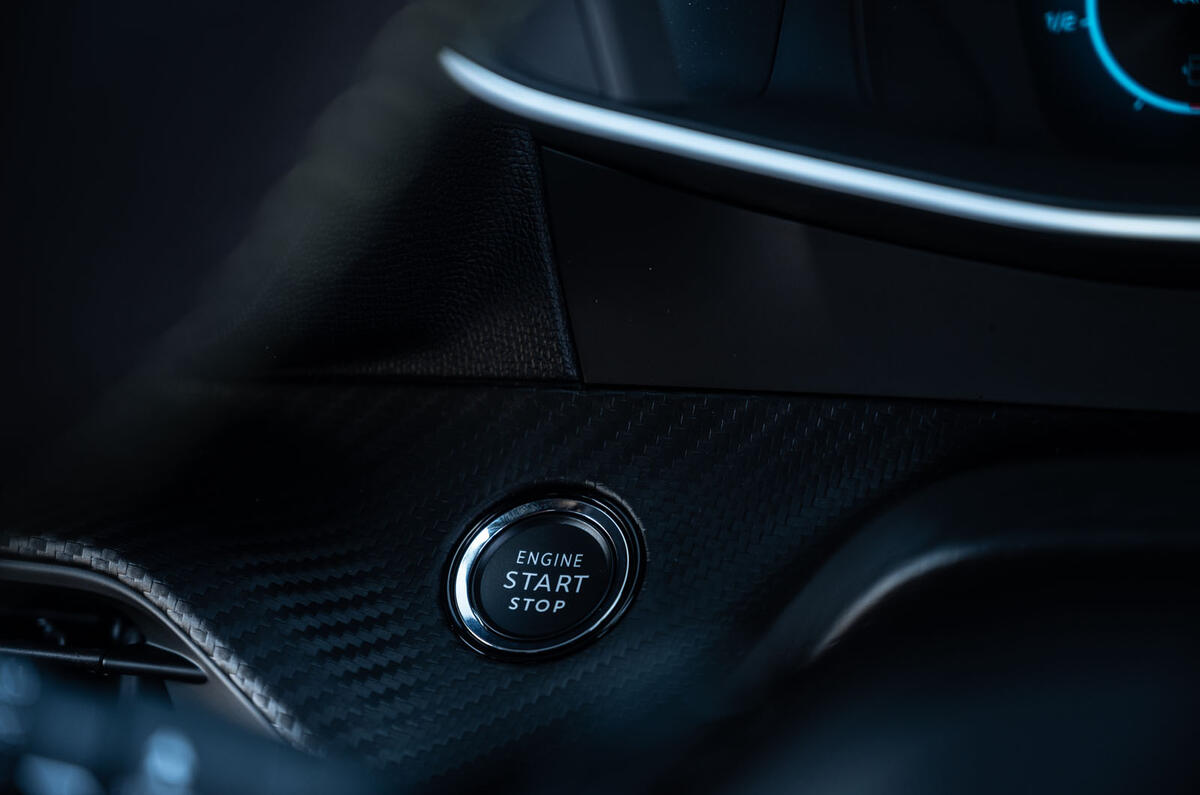
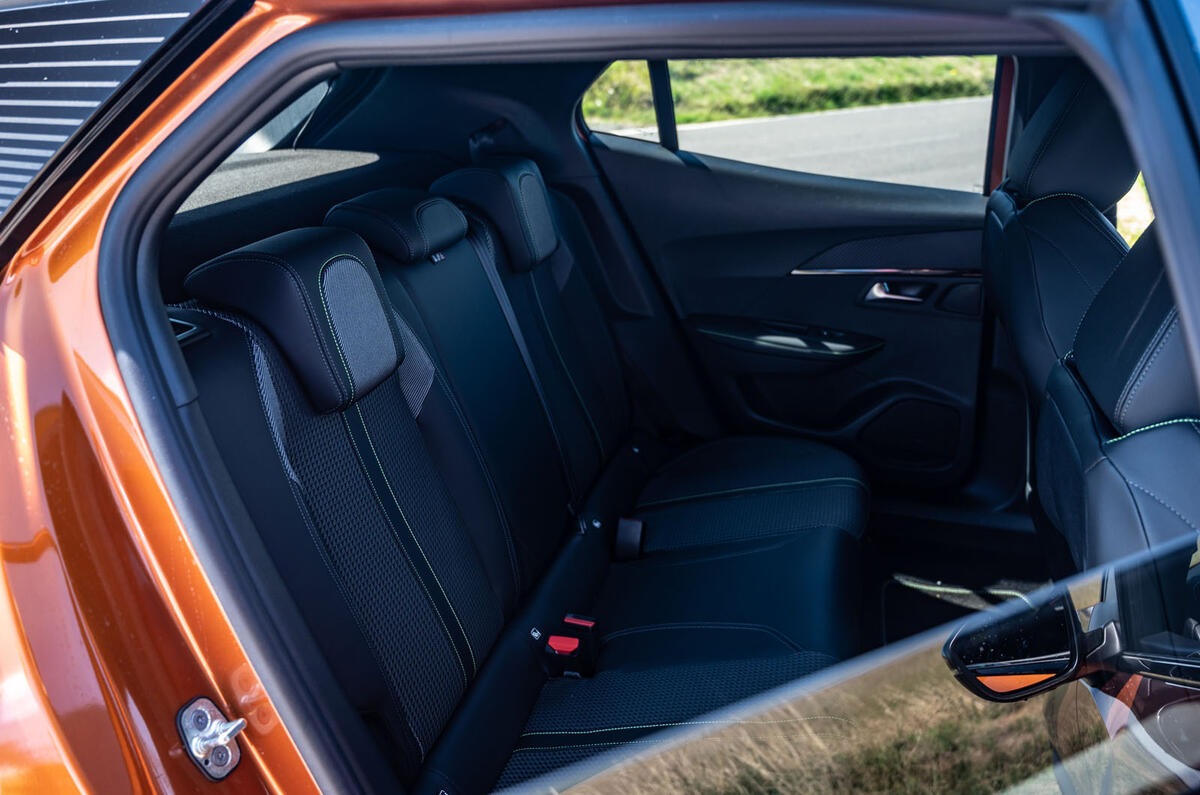
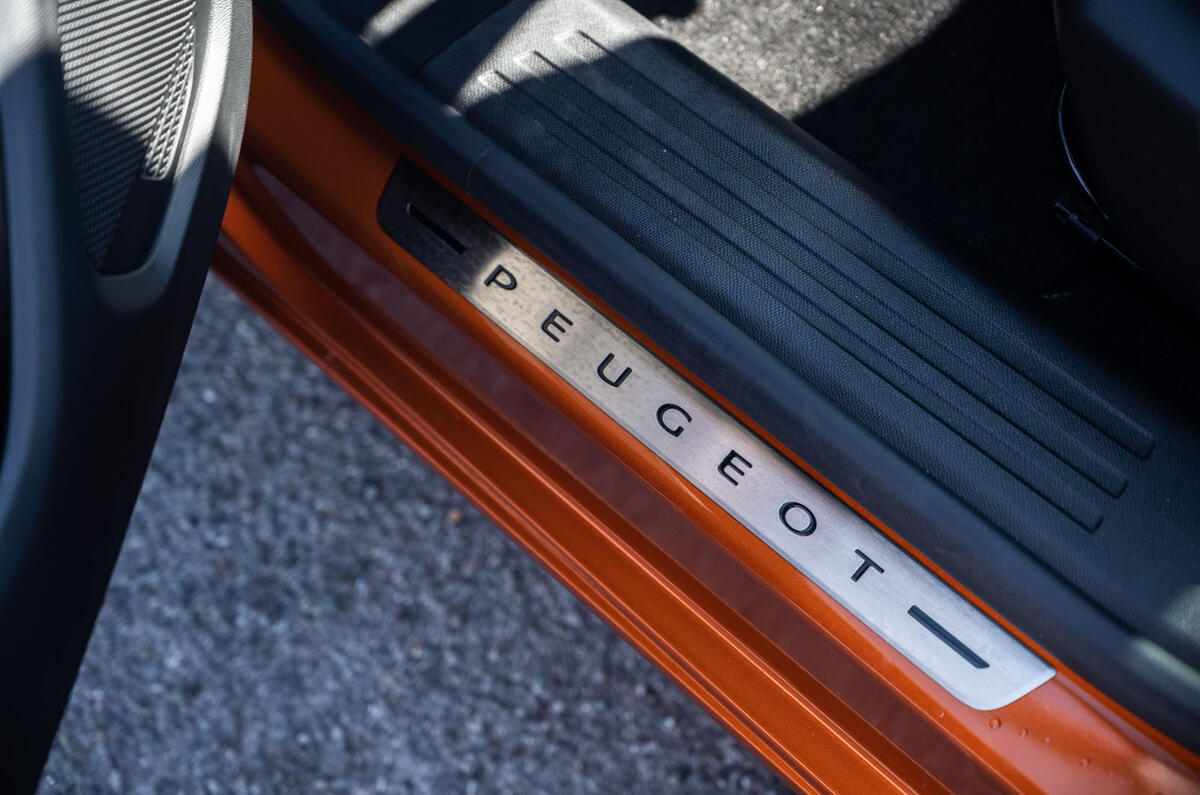
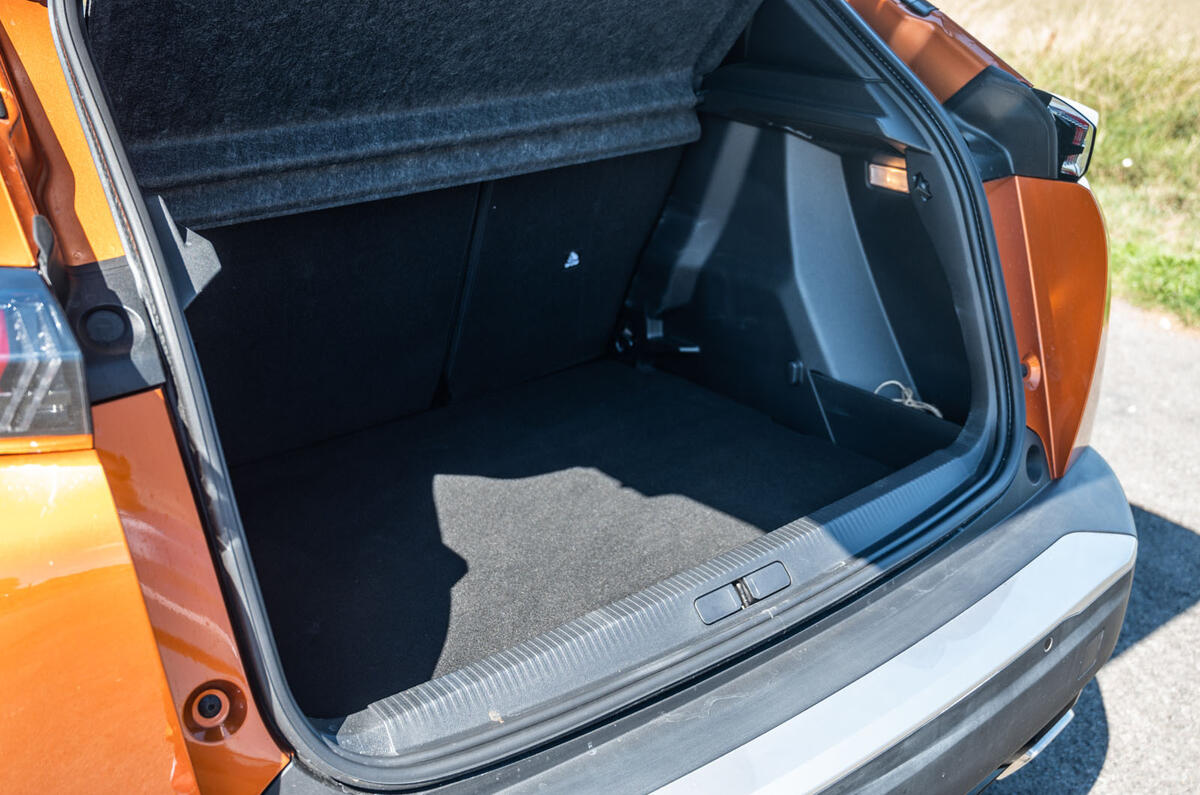
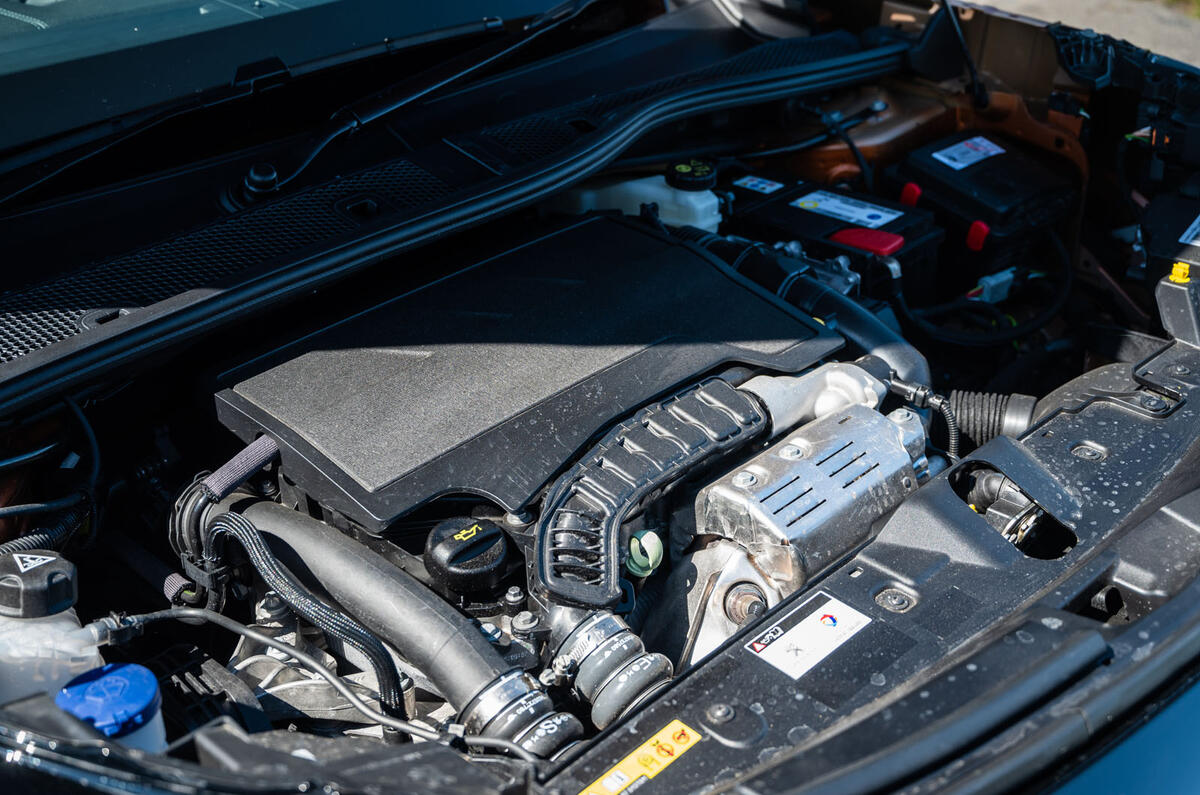
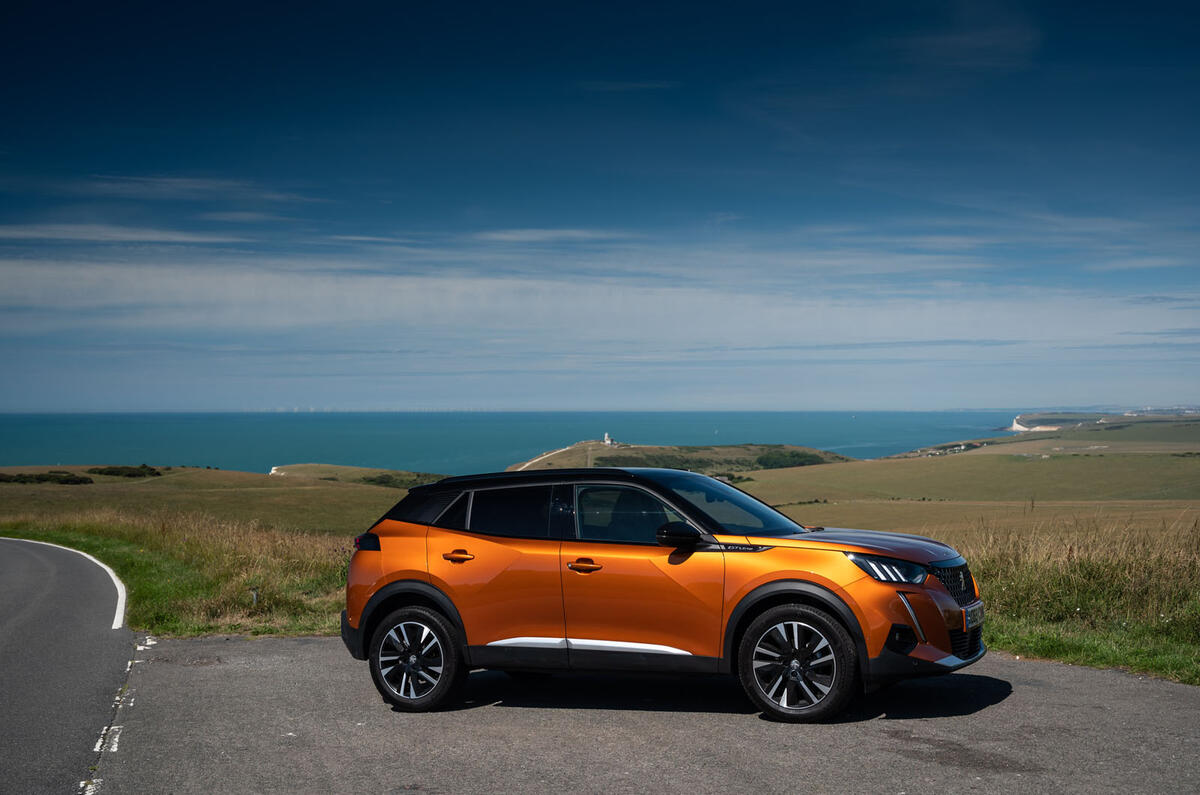
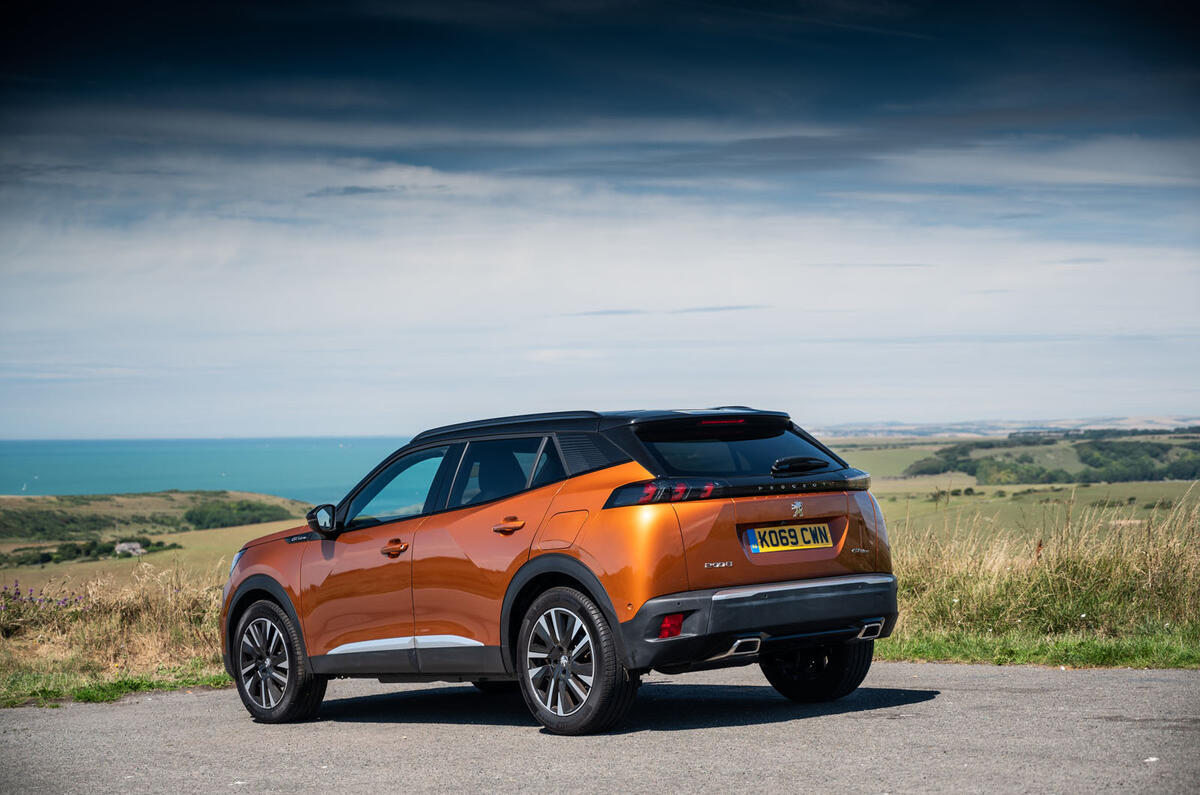
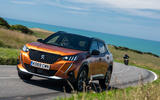
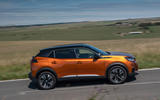
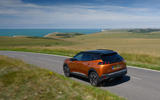
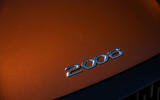
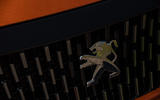
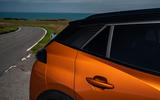
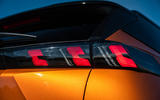
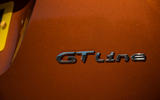
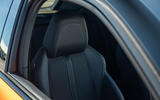
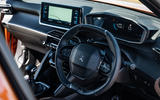
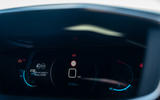

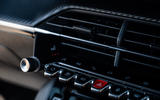
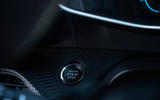
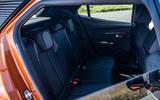


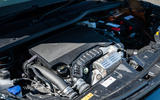
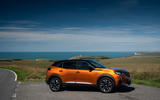
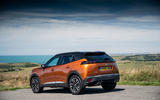

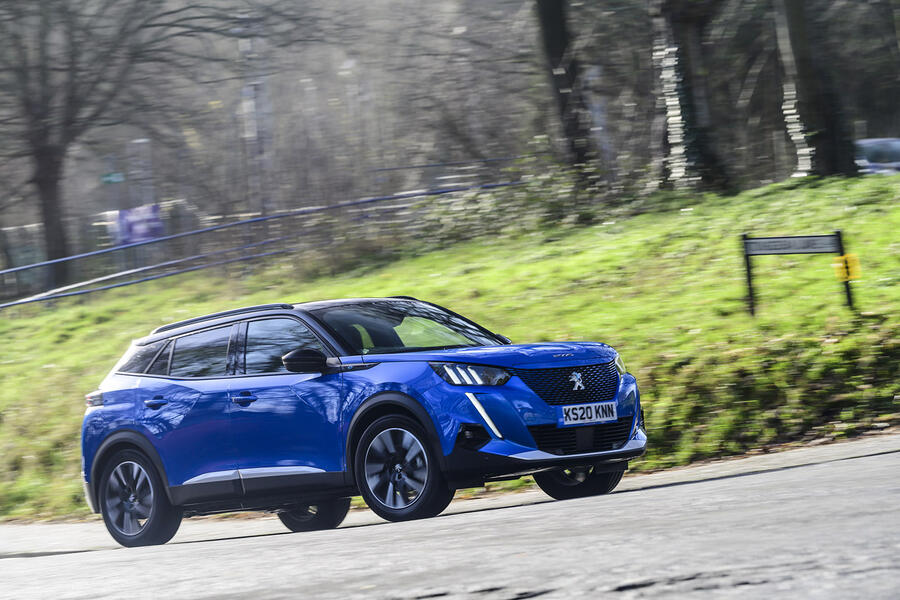
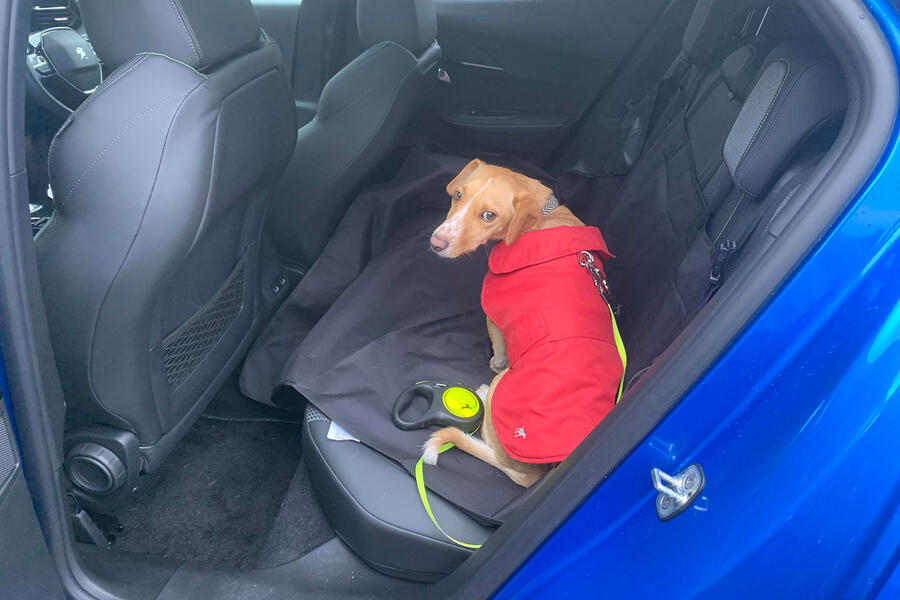
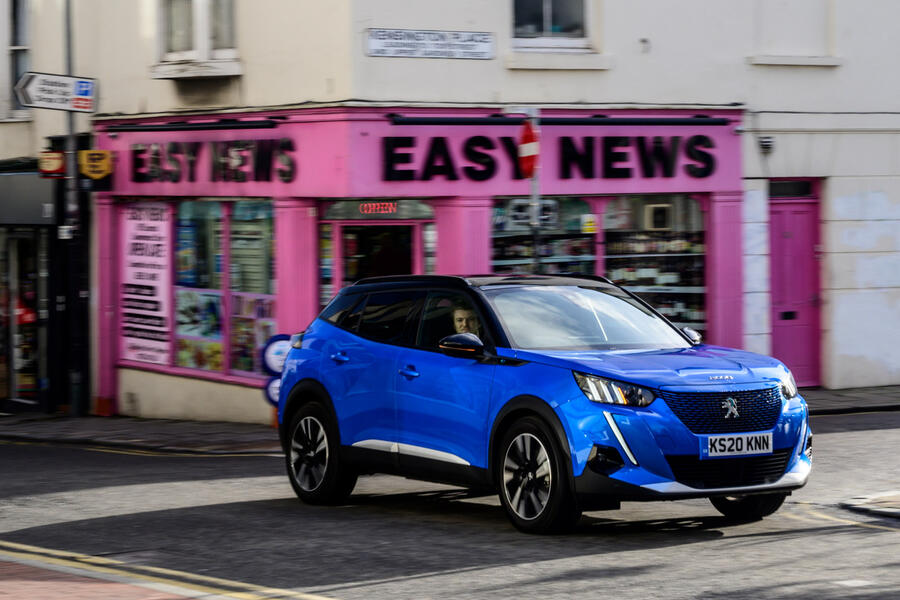
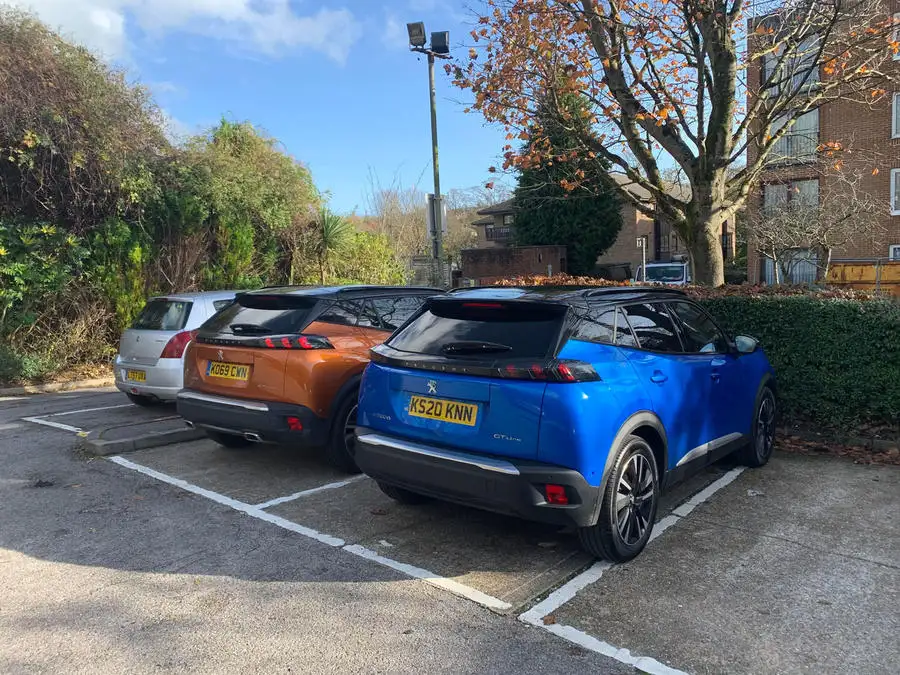
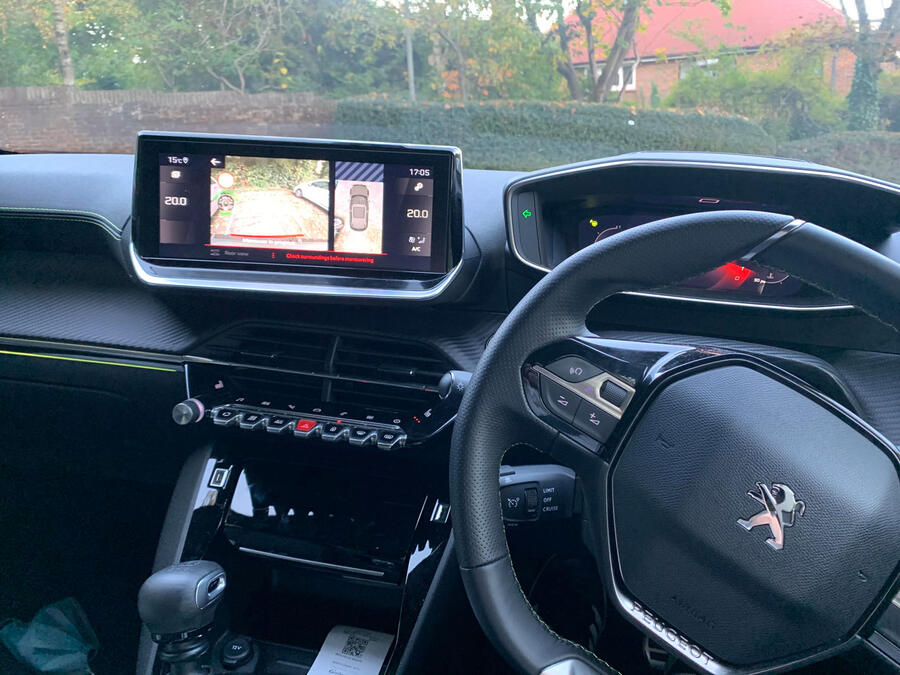

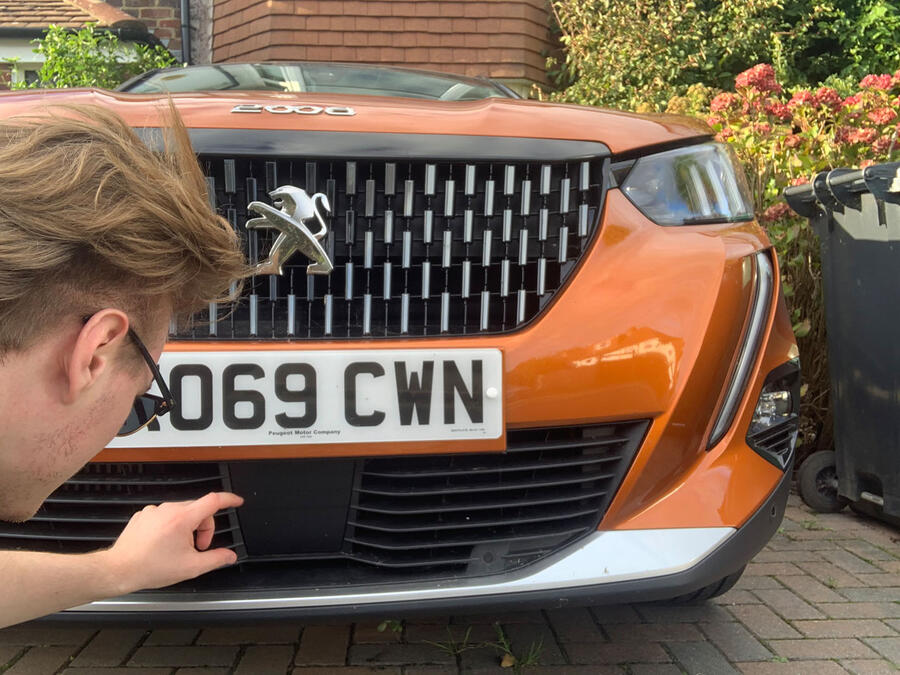
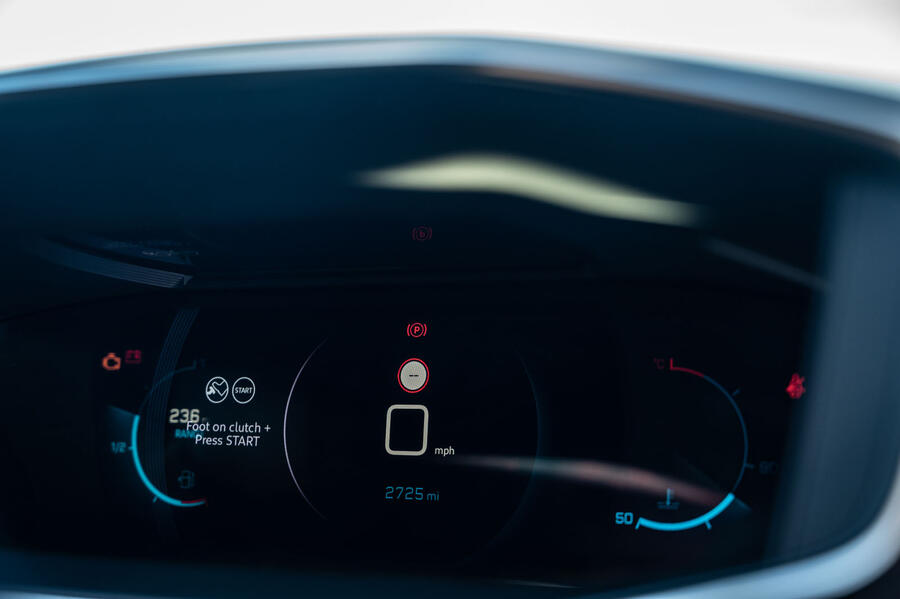
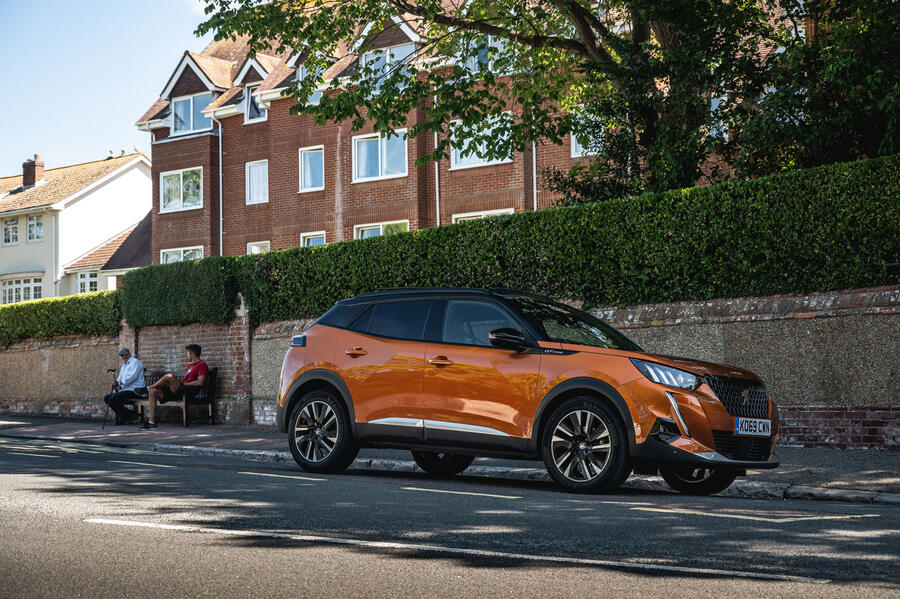
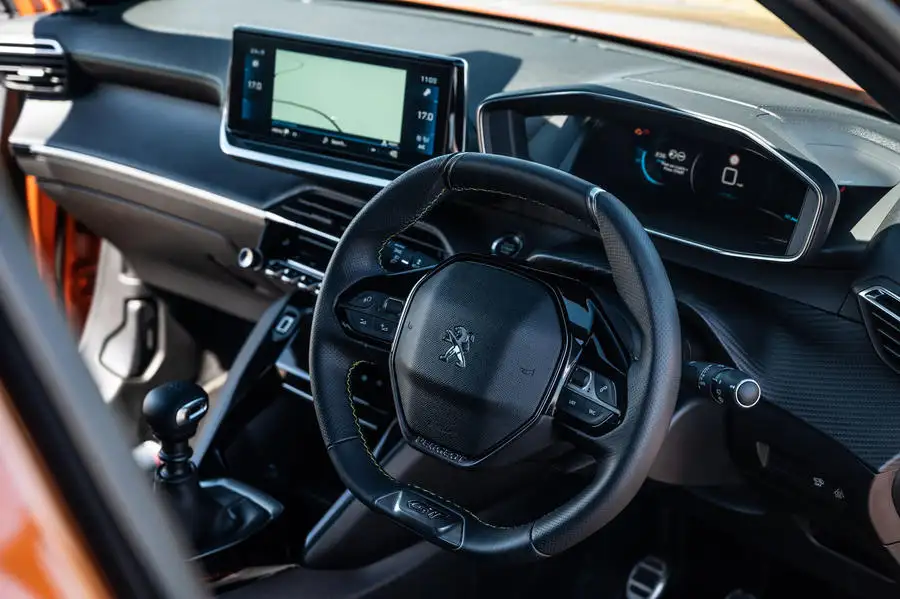
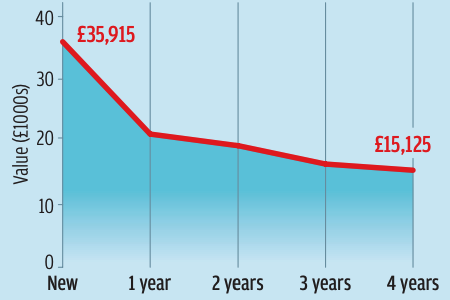

Join the debate
Add your comment
Price comments
It is very relevant!
The lease costs are directly related to the new cash price and trade in value of the car!
Not necessarily Lucy, it's
As an example, the car my wife currently uses lists at around 54k,
The CH agreement states, 'for the purpose of this contract hire agreement the cost of the vehicle shall be 38k' she then pays around around 22k of that in deposit and 36 monthly payments, so her total cost of using the car over the term is 22k, not and nowhere near the 54k list.
It looks smart. It does not
It looks smart. It does not look £28K smart, to me anyway. Nice that PSA allow the manual box with the 130bhp engine. In many cars they force you into the 100 BHP version, or put up with an auto box. One thing that really annoys me though, why do they inflict 'ugly kid' glass on eveyone. Its fine if you need it, but normal window tints all the way around look so much more classy.
However, with peoples love of sitting a bit higher, and good residuals helping the PCP rates, i imagine this will do very well for them.
these car prices are silly should be £18k
I think the car prices have gone up considerably ove rpast few years ,is it to make the ev brigade
prices look as though they are getting lower?
Grassy knoll
The answer to your question is no, it is simply to expensive.
£18K? You are so unrealistic!
The cheapest Ford Fiesta starts at nearly £17K. I think you are out of touch with reality. No way could this Peugeot be £18K.
that is my point the Fiesta should be £12k
Look at one year old ish examples and you will see them well under £10k and 2 yr old for about £8k all over priced and then discounted on pcp to sell the things ,no smart private buyer would buy new with their own money.
Yes, an Lotus Elise should be £14k, afterall it only has two seats.